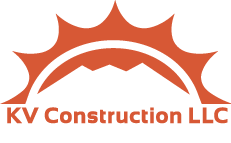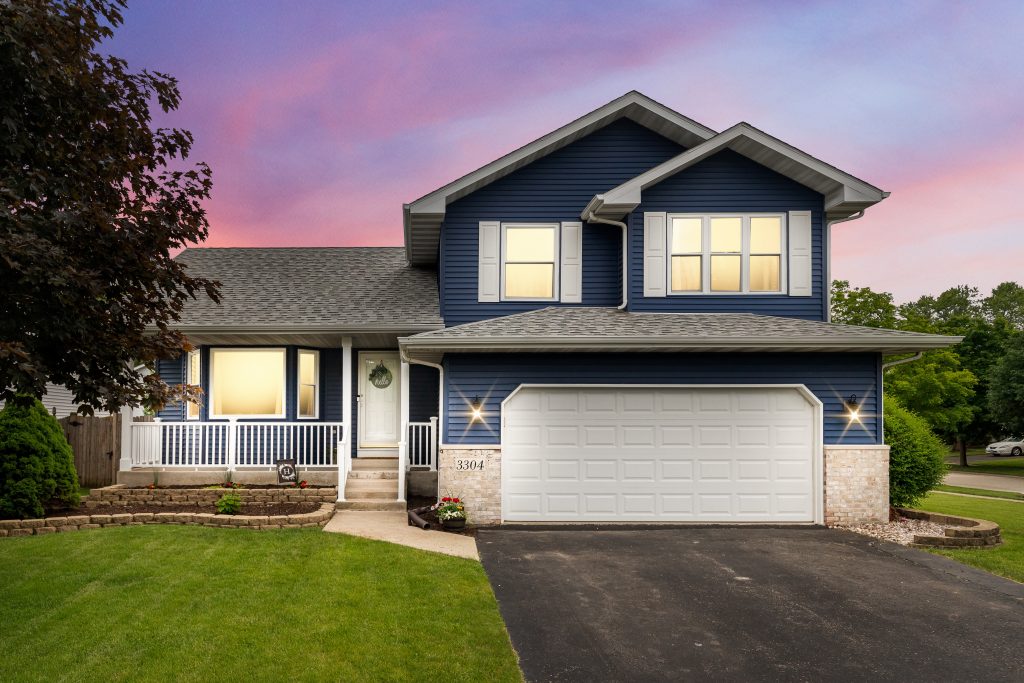Understanding Hardboard Siding: An In-depth Analysis
Hardboard siding, often referred to as pressboard siding, is a type of siding product that is synthetically produced. Its composition involves the amalgamation of wood fibers, resins, and adhesive substances, which are then subjected to heat and pressure to form the final product.
The Historical Context of Hardboard Siding
The popularity of hardboard siding peaked between the 1980s and 1990s, primarily due to its cost-effectiveness. However, its usage saw a decline post-1994 when a lawsuit was filed against it. This legal action led to the conclusion that homeowners with properties built using hardboard siding would receive compensation for any damages incurred.
The Challenges with Hardboard
While hardboard siding offers an aesthetically pleasing finish to homes, it comes with its set of challenges. The primary concern is its natural propensity to absorb water. This absorption can lead to various issues such as swelling, buckling, warping, blistering, rotting, and eventual deterioration. The longevity of hardboard siding can be compromised if not maintained adequately. However, with proper care, its durability can be enhanced.
Identifying Hardboard Siding
Recognizing whether your home is constructed with hardboard siding is crucial for its maintenance. While it might be challenging to identify the type of siding from a finished section, areas like attics often have unfinished portions that can provide clues. Most hardboards or pressboards carry an AHA code, which stands for the American Hardboard Association. This code, however, might be concealed behind the siding, often covered by tar paper. By removing this layer, homeowners can find either the manufacturer’s name or the AHA code, aiding in the identification process.
Maintenance Tips for Hardboard Siding
- Water Drainage Management: Ensure that water drainage systems, such as downspouts and drain pipes, are positioned at least six feet away from the siding to prevent water exposure.
- Distance from Ground and Vegetation: Hardboard siding should be installed a minimum of six feet above the ground to prevent water absorption. Additionally, keep trees and other vegetation away from the siding.
- Sprinkler Usage: When using sprinklers, ensure they are not directed towards the hardboard to prevent water damage.
- Gutter Maintenance: Regularly inspect gutters for leaks, blockages, or damage. Ensure they are functioning correctly to prevent water spillage onto the siding.
- Avoid Power Washers: The intense pressure from power washers can damage hardboard siding. It’s best to avoid using them.
- Ground Sloping: Ensure the ground around your home slopes away from the siding to prevent water accumulation.
- Regular Inspections: Periodically inspect the siding for any signs of damage or wear. Addressing minor issues promptly can prevent larger problems in the future.
At KV Construction LLC, we understand the intricacies of siding installations and maintenance. As one of the leading siding contractors in Seattle, we pride ourselves on delivering top-notch services to our clients. Whether you’re looking for siders in Seattle Washington or need expert advice on siding install in Seattle, our team is here to assist. With our expertise and commitment to quality, we aim to provide homeowners with durable and aesthetically pleasing siding solutions.
In conclusion, while hardboard siding has its challenges, with proper care and maintenance, it can serve as a durable and attractive option for homeowners. Always consult with professionals like KV Construction LLC to ensure the longevity and beauty of your home’s exterior.

